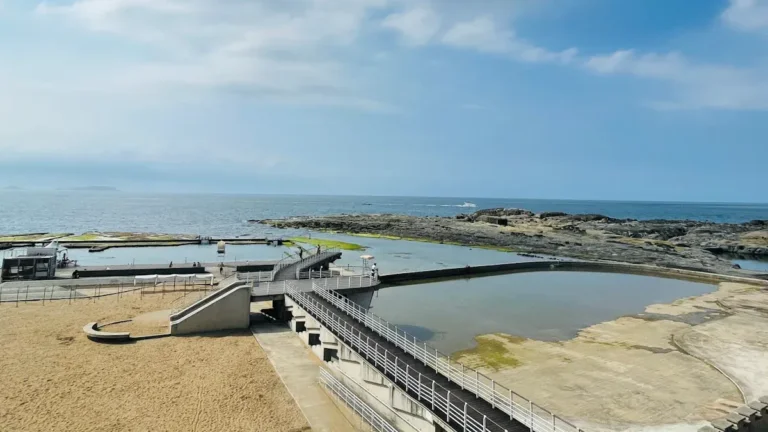Dessalinização Carvão ativado
.webp)
Buy Desalination Activated Carbon
Activated carbon is chiefly used as an effective pre-treatment medium in seawater desalination. Due to its very developed pore structure and surface chemistry, the saturated activated carbon adsorbs dissolved organic compounds (algal toxins, humic acids, etc.), residual chlorine, heavy metal ions (lead, mercury, etc.), and odor precursors from seawater, protects the downstream reverse osmosis membrane system from contamination and oxidation, and its unique ability to adsorb and also help catalyze pollutants may extend the membrane durability by 30-50%. When the activated carbon is also combined with ozone oxidation or biological modification methods, the total pollutant removal rate can be >90%. It still has many benefits such as very strong salt tolerance, low operating expense, and modular operating structure. All of which contribute to it still being the most common pre-treatment technology in sustainable operation of seawater desalination plants, and economic operations.
Desafios do sector
Economic Risk
- In seawater environments, activated carbon usually needs to be replaced every 3 to 6 months, which increases both material and labor costs.
- It requires the installation of carbon filter tanks, backwashing devices, monitoring instruments, etc., which will increase the initial investment.
Environmental and health risks
- To release VOCs (volatile organic compounds), a tail gas treatment facility is required.
- The surface of activated carbon is prone to becoming a breeding ground for bacteria (such as legionella), and it needs to be disinfected regularly. Otherwise, it may contaminate the subsequent RO membrane or the final product water.
- Activated carbon has almost no adsorption capacity for boron in seawater (with a common concentration of 4-5 mg/L), and it requires the use of RO membranes (in a version with high boron removal rate) or post-treatment processes.
Technical difficulties
- The microporous structure of activated carbon (with pore diameters ranging from 1 to 2 nm) is unable to adsorb inorganic salt ions such as Na⁺ and Cl⁻. It cannot directly reduce the salinity; instead, it must rely on main processes such as RO or distillation.
- The concentration of organic substances in seawater is high (such as the secretions of algae and humic acids), and activated carbon is prone to rapid saturation, thus requiring frequent replacement or regeneration.
- The ions such as Ca²⁺ and Mg²⁺ compete with organic substances for adsorption sites, thereby reducing the removal efficiency of activated carbon for target pollutants (such as chlorine, pesticides).
- The suspended substances in seawater (such as sediment and microorganisms) are prone to clog the pores of activated carbon, increasing the system pressure drop. Therefore, an additional pre-filtering step (such as sand filtration) is necessary.
tipos relacionados de carvão ativado
-r8fslg51nt6wgjtvh6yldxb1gtkgm3lpe0oq1akgog.webp)
- Valor de iodo: 600-1200
- Tamanho da malha: 1×4/4×8/8×16/8×30/12×40/20×40/20×50/30×60/40×70 (Mais tamanho a pedido)
- Densidade aparente: 400-700
-r8fsli0q1h9h3rr567ruiwtynlb71ht629zozuhoc0.webp)
- Valor de iodo: 500-1300
- Tamanho da malha:0.9-1mm/1.5-2mm/3-4mm/6mm/8mm(Mais tamanho a pedido)
- Densidade aparente: 450-600
-r8fslbfupn0gui0p8mxgjghqhw7mjm31pdfamwrfjk.webp)
- Valor de iodo: 500-1300
- Dimensão da malha: 150/200/300/350 (outras dimensões a pedido)
- Densidade aparente: 450 - 550
-r8fsle9da54btbwls65c8xs4a1tq6pe8prdr2qn90w.webp)
- Valor de iodo: 400-800
- Tamanho da malha: 100×100×100mm/100×100×50mm (densidade celular personalizada a pedido)
- Densidade aparente: 350-450
- Diâmetro do furo: 1,5-8 mm

- Valor de iodo: 700-1200 mg/g
- Área de superfície: 700-1200 m²/g
- Densidade aparente: 320-550 kg/m³

- Valor de iodo: 700-1200 mg/g
- Área de superfície: 700-1200 m²/g
- Densidade aparente: 320-550 kg/m³

- Valor de iodo: 700-1200 mg/g
- Área de superfície: 700-1200 m²/g
- Densidade aparente: 300-650 kg/m³

- Valor de iodo: 700-1200 mg/g
- Área de superfície: 700-1200 m²/g
- Densidade aparente: 320-550 kg/m³

- Método de ativação: Ativação por vapor/gás a altas temperaturas
- Estrutura de poros: Microporosa dominada, distribuição uniforme dos poros
- Perfil ambiental: Sem químicos, baixo teor de cinzas
- Aplicações principais: Adsorção em fase gasosa, purificação de água potável

- Método de ativação: Ativação química (por exemplo, H₃PO₄/ZnCl₂) a temperaturas moderadas
- Estrutura de poros: Mesoporoso-rico, maior área de superfície
- Eficiência do processo: Tempo de ativação mais curto, rendimento 30-50% mais elevado
- Pós-tratamento: É necessária uma lavagem com ácido para remover os resíduos

- Funcionalização: Carregado com agentes activos (por exemplo, I₂/Ag/KOH)
- Adsorção direcionada: Captura melhorada de poluentes específicos (por exemplo, Hg⁰/H₂S/gases ácidos)
- Personalização: Quimicamente optimizado para contaminantes alvo
- Aplicações principais: Tratamento de gases industriais, proteção CBRN
Porquê utilizar o nosso carvão ativado

Ultra-high adsorption performance
Iodine value ≥ 1100 mg/g, microporous content > 70%, the adsorption capacity for small molecule organic substances (such as phenols, algal toxins) in seawater is 30-50% higher than that of conventional products

Salt-tolerant and corrosion-resistant design
Using coconut shell-based charcoal + graphene coating, the stability in seawater with a salinity of ≤ 60 g/L is increased by 3 times, and the service life is up to 6-12 months

Customized pore structure
Design gradient pores based on your influent water quality: the top layer has large pores (50-100 μm) to hold back suspended solids, the middle section has mesopores (2-50 nm) for the transport of pollutants, and the bottom layer will have micro pores (1-2 nm) designed to absorb the pollutants deeper.

Green and safe production
Preparation of biomass raw materials, carbon footprint is 65% lower than that of coal-based charcoal, passing NSF/ANSI 61 drinking water safety certification, without the risk of heavy metal leaching.
Processo e tecnologia
1. Pre-treatment adsorption purification
Visão geral da solução
Activated carbon as a main material in the pre-treatment stage is used primarily for the adsorbtion and removal of organic substances, residual chloride, colloids, odors, and some heavy metals from the water, to lessen the load of the subsequent desalination process such as reverse osmosis (RO) or distillation and extend the membrane life and the quality of product water.
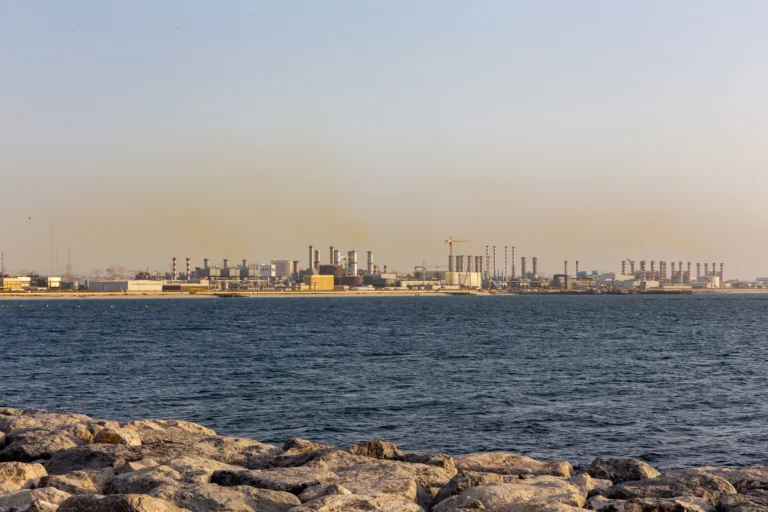
Principais vantagens
- It can simultaneously adsorb organic substances, residual chlorine, odor-causing substances, colloids and some heavy metals, thereby reducing the load of subsequent processes.
- Effectively remove residual chlorine to prevent oxidation damage to the reverse osmosis (RO) membrane; reduce organic matter contamination, decrease the frequency of membrane cleaning, and extend the membrane's lifespan by 20% to 30%.
- Improve water quality indicators, meet the requirements for RO feed water, and reduce the risk of biofilm growth on the membrane surface.
- Activated carbon is itself non-toxic and does not release harmful substances. Moreover, the residual chlorine after adsorption is converted into harmless chloride ions.
-
Suitable for high-salinity seawater environments, and is unlikely to undergo chemical dissolution or structural collapse.
2. Combination process
Visão geral da solução
The activated carbon combined process greatly improves pollutant removal efficiency, extends operating life for the core equipment (e.g. RO membranes), and improves the economic efficiency of the system, through synergies from several technologies.
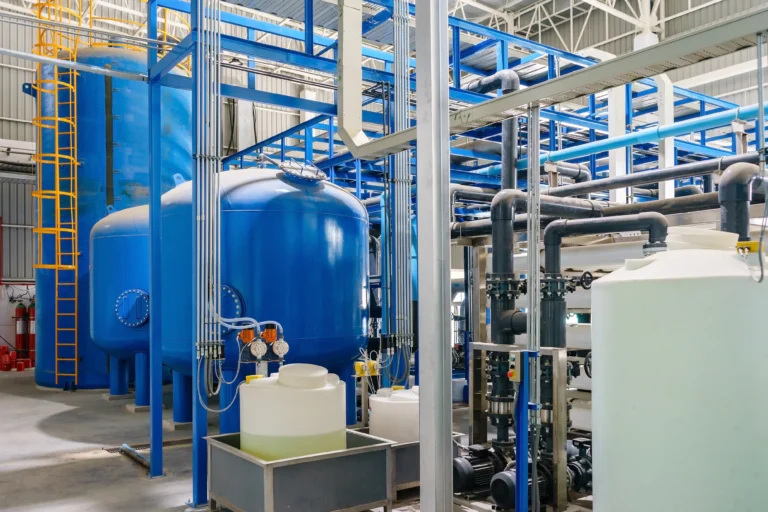
Principais vantagens
- It can simultaneously adsorb organic substances, residual chlorine, heavy metals, odor-causing substances and colloids, covering over 90% of the common pre-treatment pollutants.
- It remains effective for low-concentration pollutants. When combined with activated carbon, the photocatalysis-activated carbon method can achieve a 99% degradation rate.
- After pre-treatment optimization, the operating pressure of the RO system is reduced by 10% to 15%, resulting in energy savings.
- Biological activated carbon (BAC) utilizes microorganisms to degrade organic matter, reducing the dosage of chemical agents by more than 30%.
- Ozone breaks down large molecules while activated carbon adsorbs small molecules, thus addressing the issue of insufficient single adsorption capacity.
3. Membrane System Protection
Visão geral da solução
The activated carbon causes the breaking down of residual chlorine (Cl₂/HClO) through surface functional groups (i.e. carboxyl groups) into harmless chloride ions (Cl⁻) at a reaction rate of more than 95%, instead of causing oxidative damage to the polyamide layer of the RO membrane.
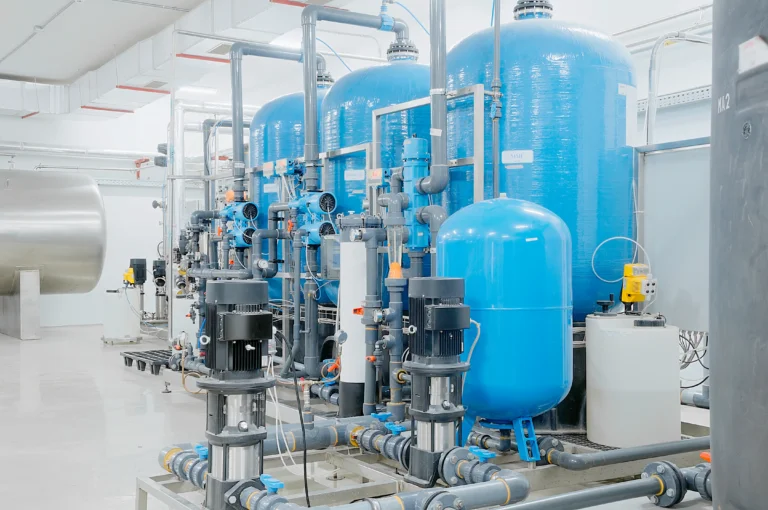
Principais vantagens
- Rapidly decompose residual chlorine, effectively remove organic substances, retain colloidal particles, and adsorb some heavy metal ions
- Significantly reduce the attachment of microorganisms and their metabolites to the membrane surface
- It forms a multi-level protection system together with processes such as multi-media filtration and ultrafiltration, and combines with ozone and biological treatment to enhance the effect.
- It causes no secondary pollution and does not introduce harmful substances. It is suitable for pre-treatment of seawater with different salinities and turbidities.
- Extend the service life of RO membranes, reduce the frequency of cleaning, and lower the system energy consumption.
4. Targeted removal of special pollutants
Visão geral da solução
The membrane system has been enhanced to have a 10-fold higher tolerance for special pollutants such as algal toxins and drug residues, providing key technical support for ensuring the safety of drinking water.
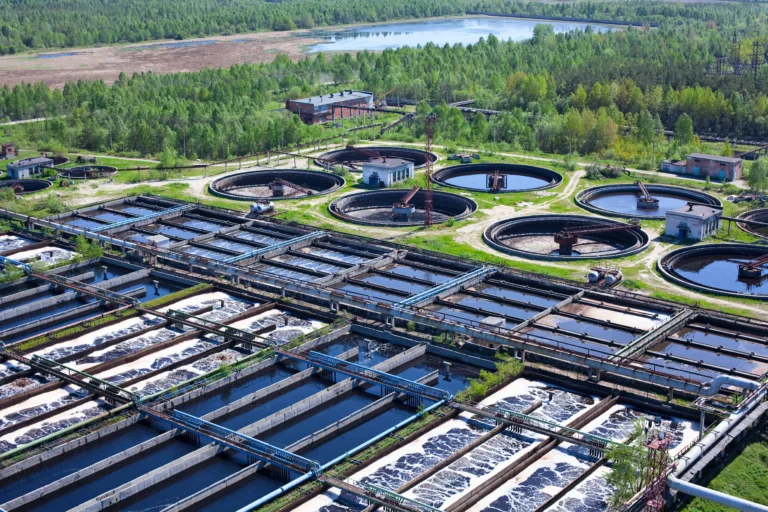
Principais vantagens
- By controlling the pore size (such as 1.2 nm for targeting antibiotics) and through surface modification (-SH for targeting Hg²⁺), the removal rate of emerging pollutants such as PPCPs and PFAS has exceeded 90-99%.
- Under a salt concentration of 35g/L, the adsorption capacity of bisphenol A by the hydrophobic modified carbon still reached 120mg/g.
- Efficient adsorption of Cd²⁺ under acidic conditions, and removal of As³⁺ in alkaline environment
- During the period of algal toxin outbreak (with a concentration > 10 μg/L), a 95% removal rate was still maintained.

